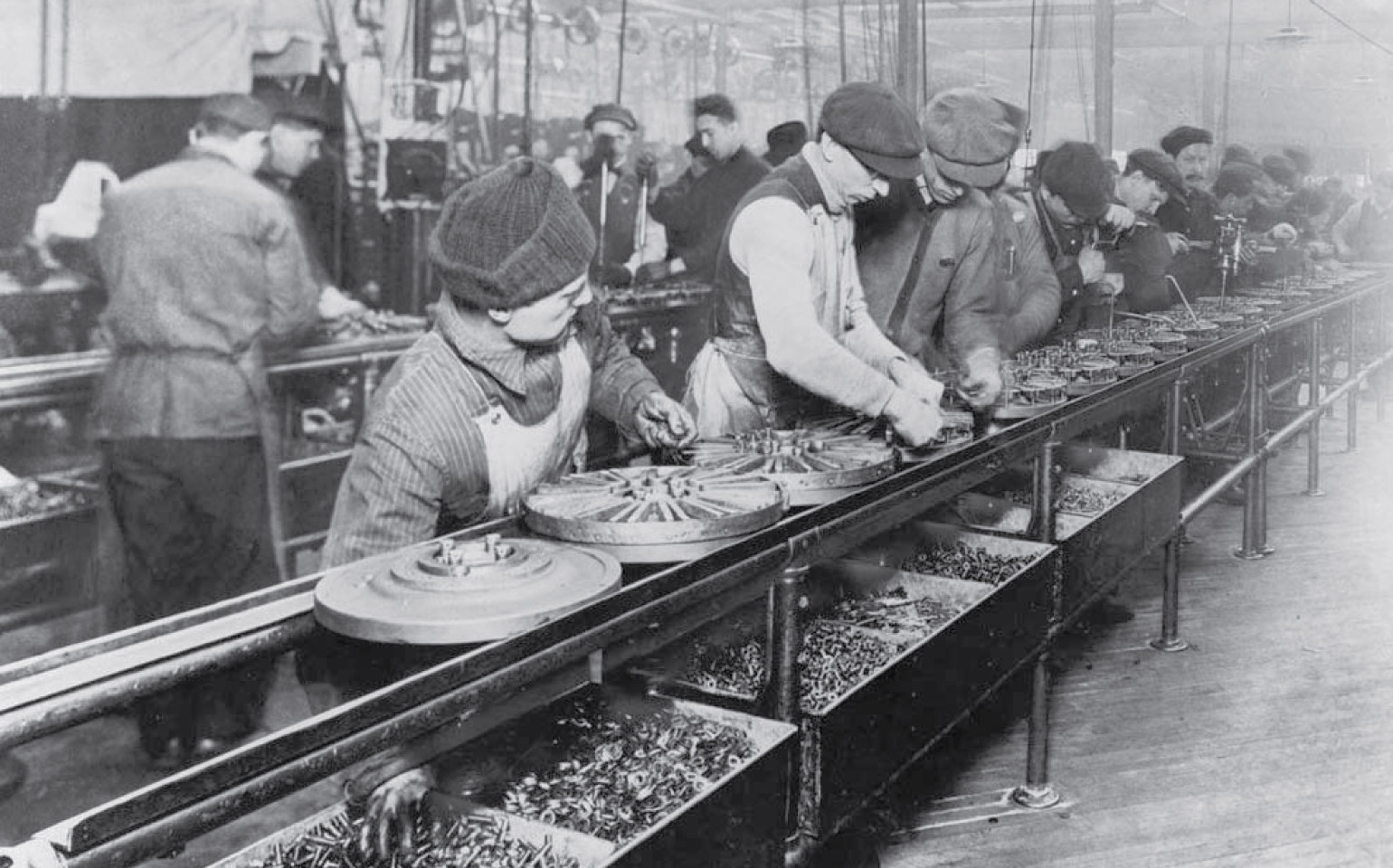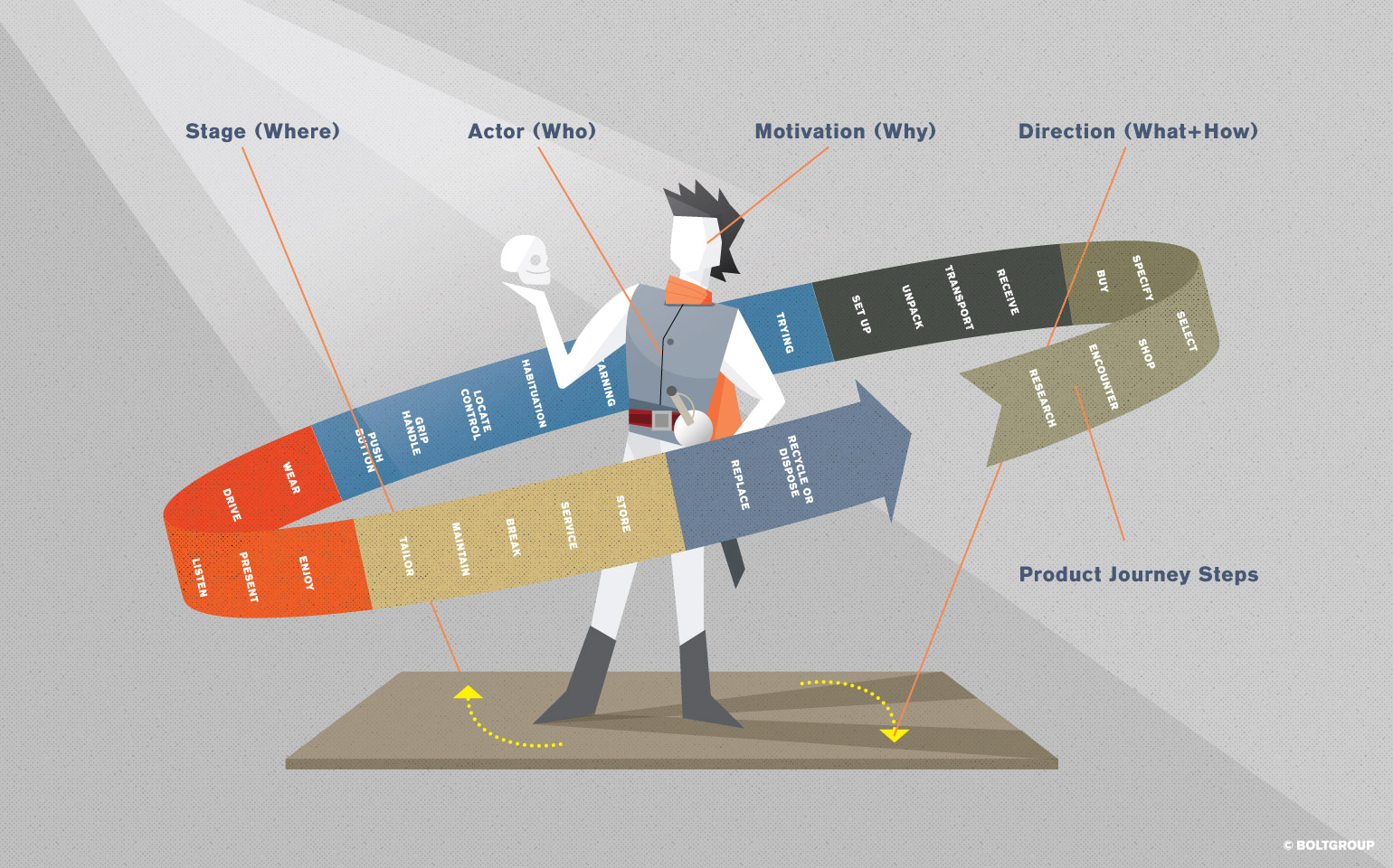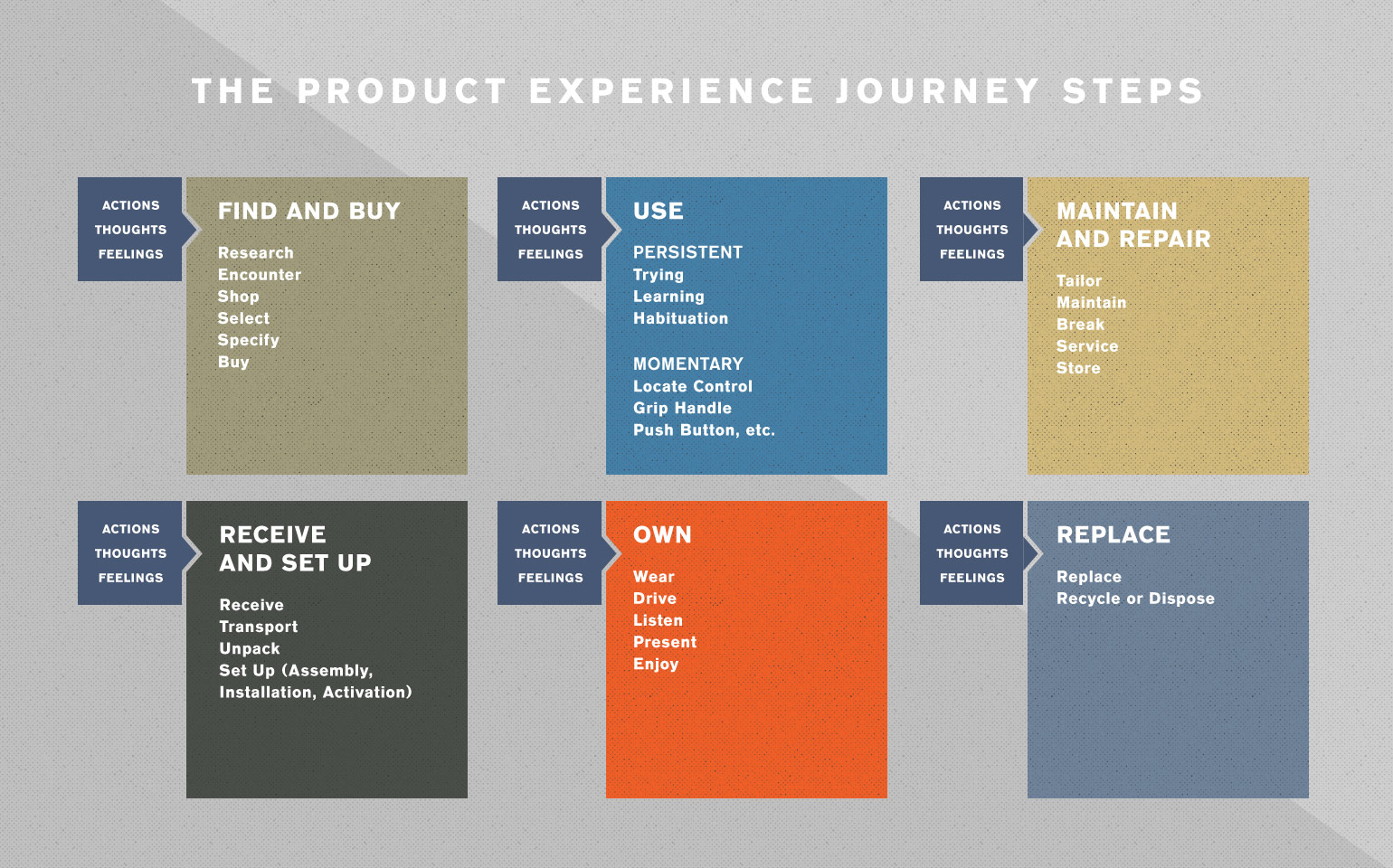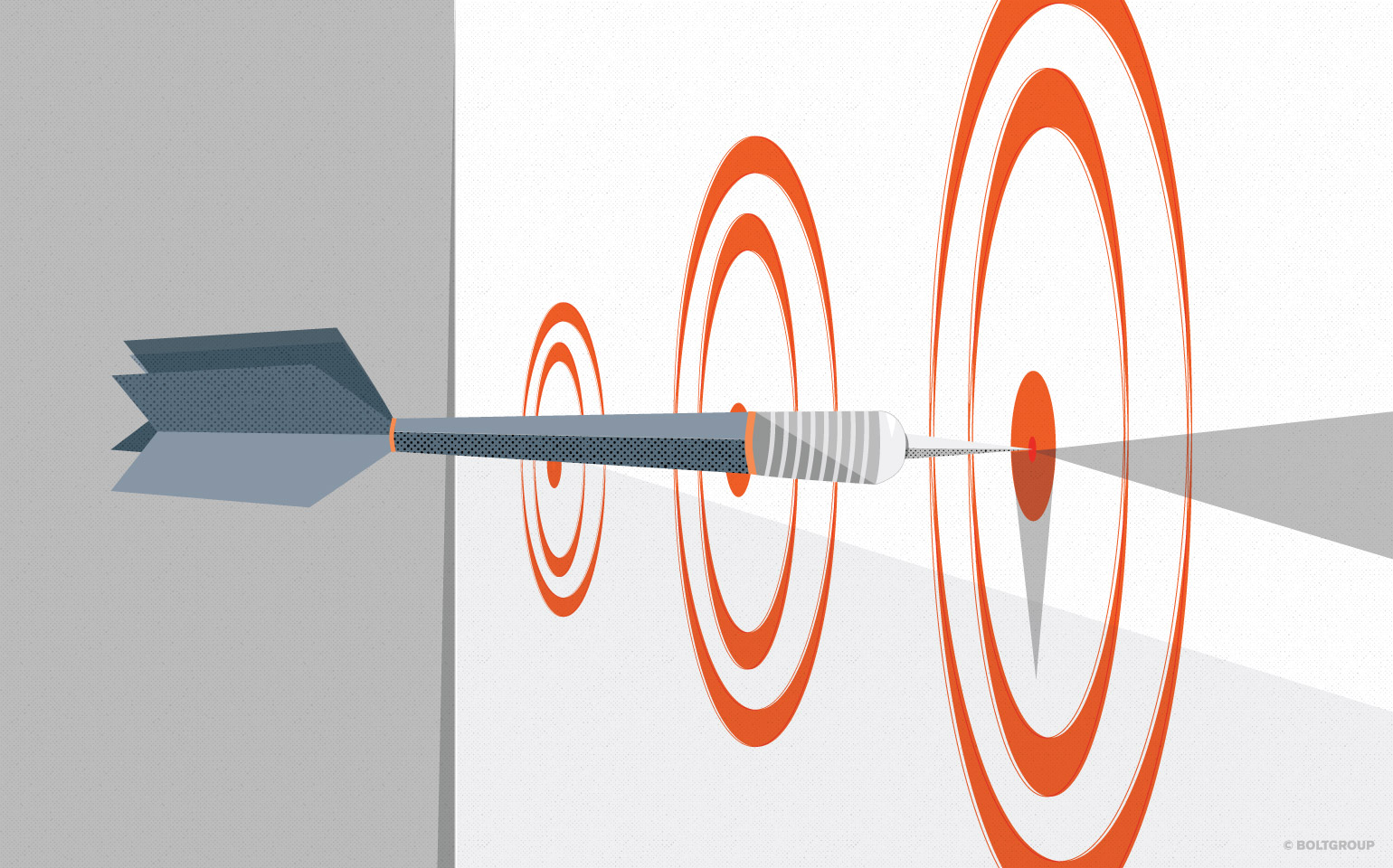If you’re looking for a competitive edge in 2017, you’ll need to:
- Find out how manufacturers can use design to be stronger competitors next year.
- Learn how to reduce product cost while improving product design.
- Explore new materials and win design patents.
- Shape your design for Millennials and online retail.
- Achieve more valuable innovation, better ideas, and
- a deeper understanding of the customer experience.
Find your 2017 edge in these eight New Year’s Resolutions for the Mid-Sized Manufacturer.
1. Be a Stronger Competitor
By Reducing Cost, Enhancing Design, and Winning Design Patents
If you see a competitor’s innovation as a real threat, then consider several design approaches as part of your response.
Better Design and Lower Cost
If a competitive innovation involves a price cut, then lowering your price may be in order, but first consider design updates. Design refinements can be small, nuanced visual differences that communicate something new, or they can be deeper product design revisions that provide more value. Don’t just race to the bottom of the price range. If you do, then you’re only as good as your last price. Shoot for better design AND a better price—a powerful contender in any market. With a smart design strategy, a new design may have minimal impact on your cost of goods. In fact, a redesign can reduce cost while enhancing design. Effective design isn’t just about adding the latest product feature or using a higher cost material. It’s about considering your product in a whole new light. For the Perfect Flame family of gas grills, we reduced cost through selective use of materials, enhanced the pull-through with a consistent family look, and created a design that Newsweek Magazine called “a five burner beauty…perfect for avoiding BBQ envy.”
Design Patents
Work to achieve an original design that warrants a design patent. While utility patents were historically considered more valuable, the design patent has protected billions of dollars in market share for companies like Apple since it launched the iPhone in 2007 (the recent Samsung ruling, while limiting the payout to Apple, maintained that Samsung had infringed in key areas covered by the design patent). And for BOLTGROUP clients, most of whom are mid-sized manufacturers, design patents around our designs have created strong competitive barriers.
For more about reacting to competitor’s innovations click here.





